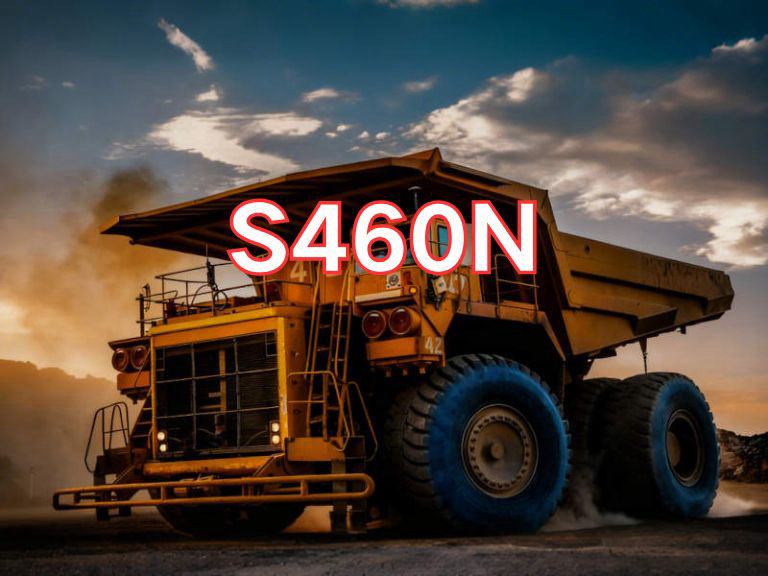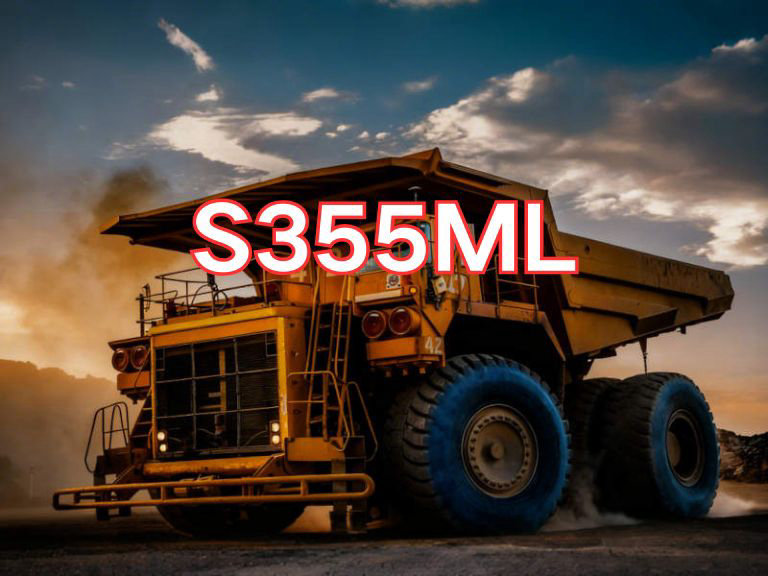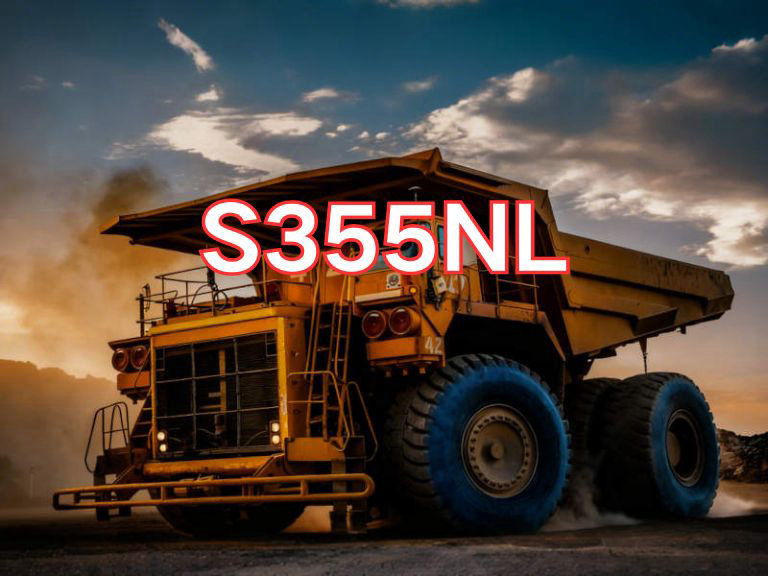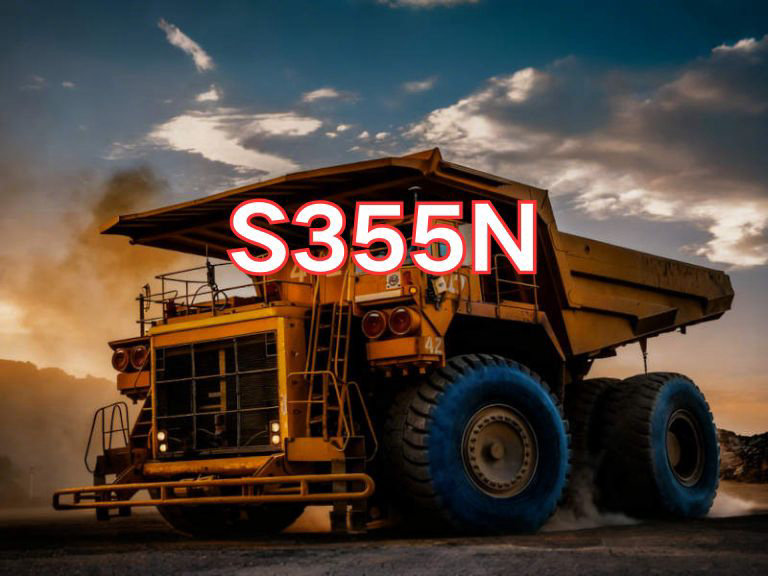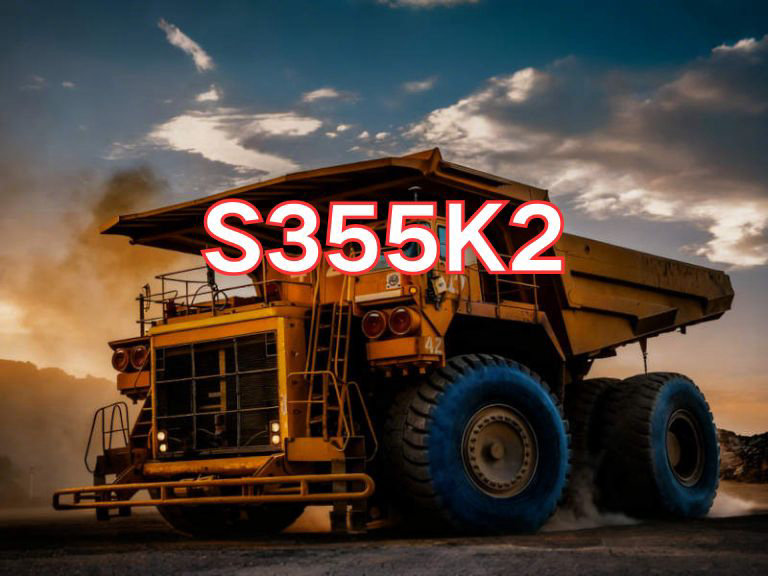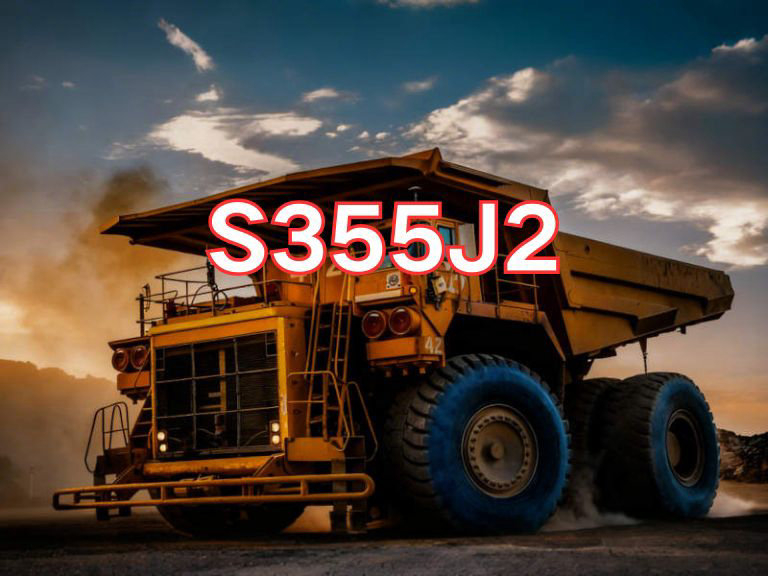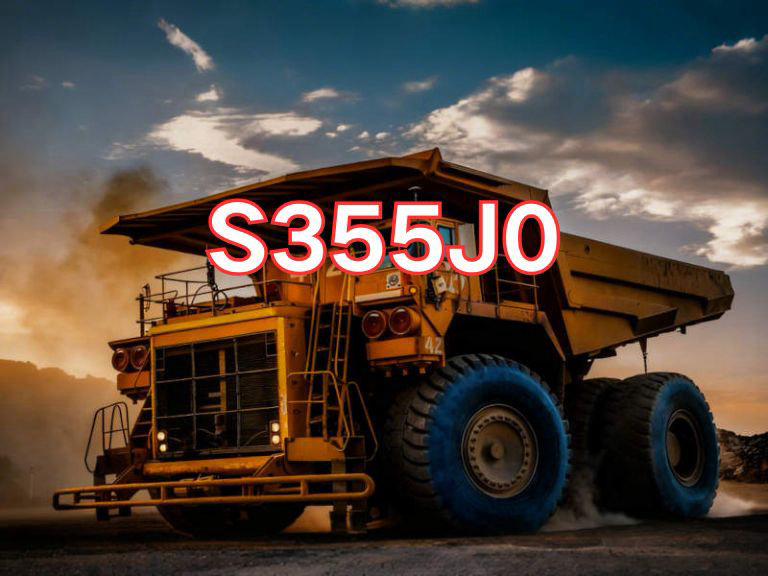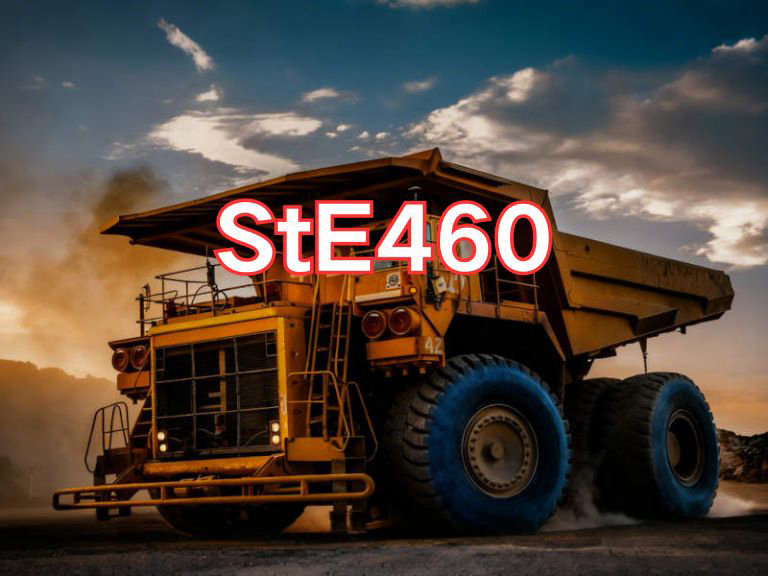

WH60A
WH60A is a high-strength quenched and tempered (Q&T) structural steel plate, designated according to the Chinese national standard GB/T 16270-2009 "Quenched and Tempered Steel Plates for High Strength Structure." In the grade name, "W" stands for "Wuhan," originating from Wuhan Iron and Steel Company (now part of China Baowu Steel Group), which originally developed this series of steels; the designation has since become a common code for domestic high-strength Q&T steels. "H" denotes "High strength," and "60" indicates the specified minimum yield strength level of 600 MPa, with actual yield strength typically ranging from 600 to 720 MPa and tensile strength between 680 and 820 MPa, placing it in the ultra-high-strength steel category. The suffix "A" represents the quality level, requiring the steel to meet specified Charpy V-notch impact energy values (typically no less than 34 J) at a low temperature of -20°C, demonstrating excellent low-temperature toughness and resistance to brittle fracture, making it suitable for welded structures in cold regions or low-temperature service conditions.
WH60A steel plate is primarily used in heavy-duty engineering machinery and special equipment where extremely high demands are placed on strength, toughness, and weldability. Typical applications include crane booms, turntables, and outriggers in large cranes, structural components in mining excavators and hydraulic breakers, dump truck bodies, key parts of tunnel boring machines (TBM), connection structures in offshore wind turbine installation platforms, as well as oil drilling rigs, pressure vessels, and wear-resistant components under high-stress conditions. Due to its ultra-high strength, WH60A significantly reduces equipment weight, enhances load capacity and operational efficiency, and optimizes structural design by allowing thinner sections, thereby lowering overall manufacturing costs.
The main characteristics of this grade lie in the excellent balance of high strength and comprehensive performance. WH60A is a low-alloy Q&T steel, typically alloyed with manganese, silicon, chromium, molybdenum, and nickel, and processed through quenching followed by high-temperature tempering to develop a tempered martensitic or bainitic microstructure, achieving a combination of high strength, high hardness, and good toughness. Its carbon equivalent (CE) is strictly controlled to ensure good weldability. However, due to its high strength, proper preheating (typically 150–200°C), use of low-hydrogen consumables, and post-weld heat treatment are required during welding to prevent cold cracking. Additionally, the steel exhibits excellent fatigue resistance and moderate atmospheric corrosion resistance.
Currently, WH60A plates are manufactured and supplied in accordance with GB/T 16270-2009 "Quenched and Tempered Steel Plates for High Strength Structure." Published by the Standardization Administration of China, this standard specifies detailed requirements for chemical composition, mechanical properties, impact toughness, hardness, dimensional tolerances, and test methods, serving as the core technical specification for high-strength engineering machinery steels in China today.

Ultrasonic Testing (UT)
A key non-destructive testing technique that uses high-frequency sound waves to detect internal flaws in steel plates. The probe emits sound waves, which reflect when encountering defects such as cracks or inclusions. The receiver captures the echoes, enabling precise determination of defect location and size. With high sensitivity, strong penetration, and fast inspection speed, UT effectively ensures internal quality, widely used in the production of heavy plates, pressure vessel plates, and other high-end products to guarantee safety and reliability.

Magnetic Particle Testing (MT)
A common surface inspection method that magnetizes the workpiece, causing leakage magnetic fields at surface or near-surface defects like cracks or inclusions, which attract magnetic particles to form visible indications. Simple to operate and highly sensitive, MT is suitable for rapid inspection of surface and near-surface flaws in ferromagnetic materials, widely used for online or offline inspection of plate edges, ends, and welds, ensuring product quality and safety.

Penetrant Testing (PT)
A non-destructive method for detecting surface-breaking flaws. A penetrant liquid is applied to the cleaned steel surface, allowing it to seep into defects such as cracks or pores. After removing excess penetrant, a developer is applied, causing the trapped penetrant to bleed out and form visible indications. Simple and cost-effective, PT is suitable for inspecting surface defects in various non-porous materials, commonly used for welds, castings, and complex components, effectively ensuring surface quality of steel plates.


